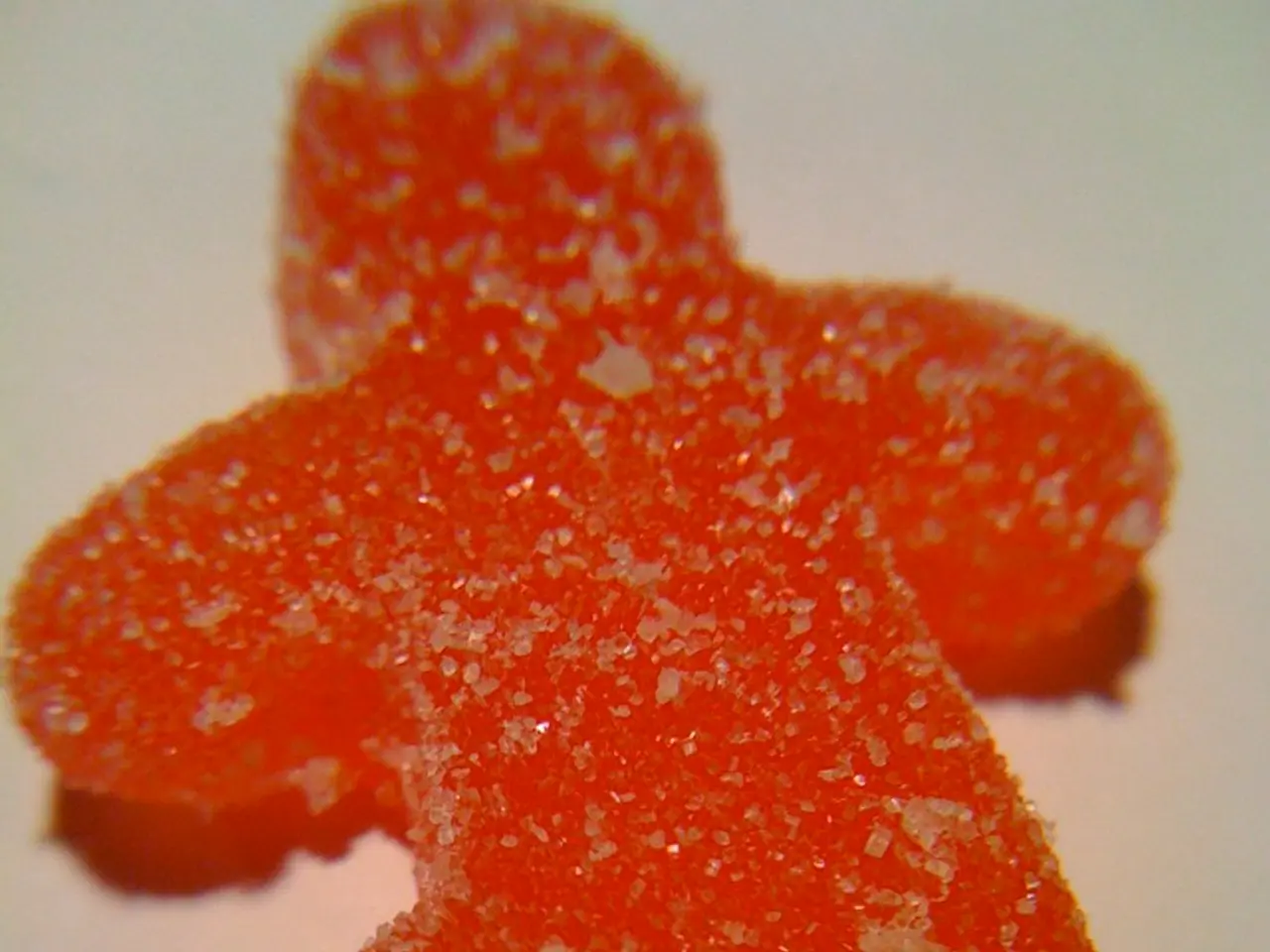Diabetes Mellitus and Diabetes Insipidus: A Comparative Analysis
Understanding Type 1 Diabetes and Central Diabetes Insipidus
Two distinct conditions, Type 1 diabetes and Central Diabetes Insipidus (DI), share some common symptoms but differ significantly in their causes, symptoms, and treatments.
Type 1 Diabetes is an autoimmune disease that targets the insulin-producing beta cells in the pancreas. This results in an insulin deficiency, leading to high blood sugar levels. Key symptoms include excessive thirst, frequent urination, weight loss, and fatigue. Treatment for Type 1 diabetes involves lifelong insulin replacement therapy to manage blood sugar levels.
On the other hand, Central Diabetes Insipidus arises from damage or dysfunction of the hypothalamus or pituitary gland, causing a deficiency in the antidiuretic hormone (ADH), also known as vasopressin. This hormone regulates water balance by controlling kidney water reabsorption. The main symptoms of Central DI are excessive thirst and the production of large volumes of dilute urine (3 to 6 liters or more daily). Without enough ADH, the kidneys do not conserve water properly, increasing the risk of dehydration if fluids are not replenished. Central DI is primarily treated with synthetic ADH analogs like desmopressin, which is administered as a nasal spray, tablets, or injections.
Here is a comparison of the two conditions:
| Aspect | Type 1 Diabetes | Central Diabetes Insipidus | |------------------|-----------------------------------------|--------------------------------------------------| | Cause | Autoimmune destruction of pancreatic beta cells → no insulin production | Damage to hypothalamus/pituitary → low ADH production | | Hormone involved | Insulin deficiency | ADH (vasopressin) deficiency | | Symptoms | Excessive thirst, frequent urination, fatigue, weight loss, high blood sugar | Excessive thirst, large volumes of dilute urine, dehydration symptoms | | Urine output | Often sugary, variable volume due to glucose osmotic effect | Very high volume (up to 20 L/day), highly diluted | | Diagnosis | Blood glucose tests, autoantibodies | Blood and urine osmolality tests, fluid deprivation test, response to vasopressin | | Treatment | Insulin injections | Desmopressin (synthetic ADH), fluid management |
In summary, Type 1 diabetes is characterised by the inability to regulate glucose due to insulin loss, while Central Diabetes Insipidus involves the inability to regulate water balance due to ADH deficiency. Both conditions cause excessive urination and thirst but differ substantially in their underlying pathology and management.
It is important to note that the most common types of diabetes include Type 1, Type 2, and gestational diabetes. Both diabetes mellitus and diabetes insipidus share symptoms of increased thirst and frequent urination, but they affect different bodily processes and require different treatments. Diabetes mellitus is a group of conditions that impair the body's ability to process blood sugar, while diabetes insipidus instead involves the kidneys and issues with vasopressin, a hormone responsible for the amount of water the body passes in urine.
[1] Diabetes UK. (2021). Type 1 diabetes. Retrieved from https://www.diabetes.org.uk/diabetes-the-basics/type-1-diabetes/ [3] Mayo Clinic. (2021). Central diabetes insipidus. Retrieved from https://www.mayoclinic.org/diseases-conditions/central-diabetes-insipidus/symptoms-causes/syc-20354441 [5] National Institute of Diabetes and Digestive and Kidney Diseases. (2021). Diabetes Insipidus. Retrieved from https://www.niddk.nih.gov/health-information/diabetes/overview/what-is-diabetes/diabetes-insipidus
- Understanding the differences between health conditions such as Type 1 diabetes and diabetes insipidus is crucial in the scientific and medical community, as they share symptoms like excessive thirst and frequent urination but have distinct underlying causes and treatments.
- In addition to Type 1 diabetes and diabetes insipidus, chronic diseases like type-2 diabetes, gestational diabetes, and other diabetes mellitus variants are common. All these conditions exhibit similar symptoms related to glucose regulation but require varying levels of care.
- When managing medical-conditions like diabetes, it is essential to prioritize health and wellness holistically, considering both the direct symptoms associated with the specific condition and potential secondary complications that may arise, such as kidney diseases in cases of hyperglycemia.
- The field of science and the medical industry continue to work on researching, diagnosing, and developing effective treatments for a wide range of diabetes and other chronic diseases, revolutionizing the quality of life for millions around the world.
- As a involved individual, staying abreast of the latest developments in health and wellness, particularly in the understanding of chronic diseases like diabetes, is essential in fostering informed choices and partnering with healthcare providers to ensure the best possible outcomes.




